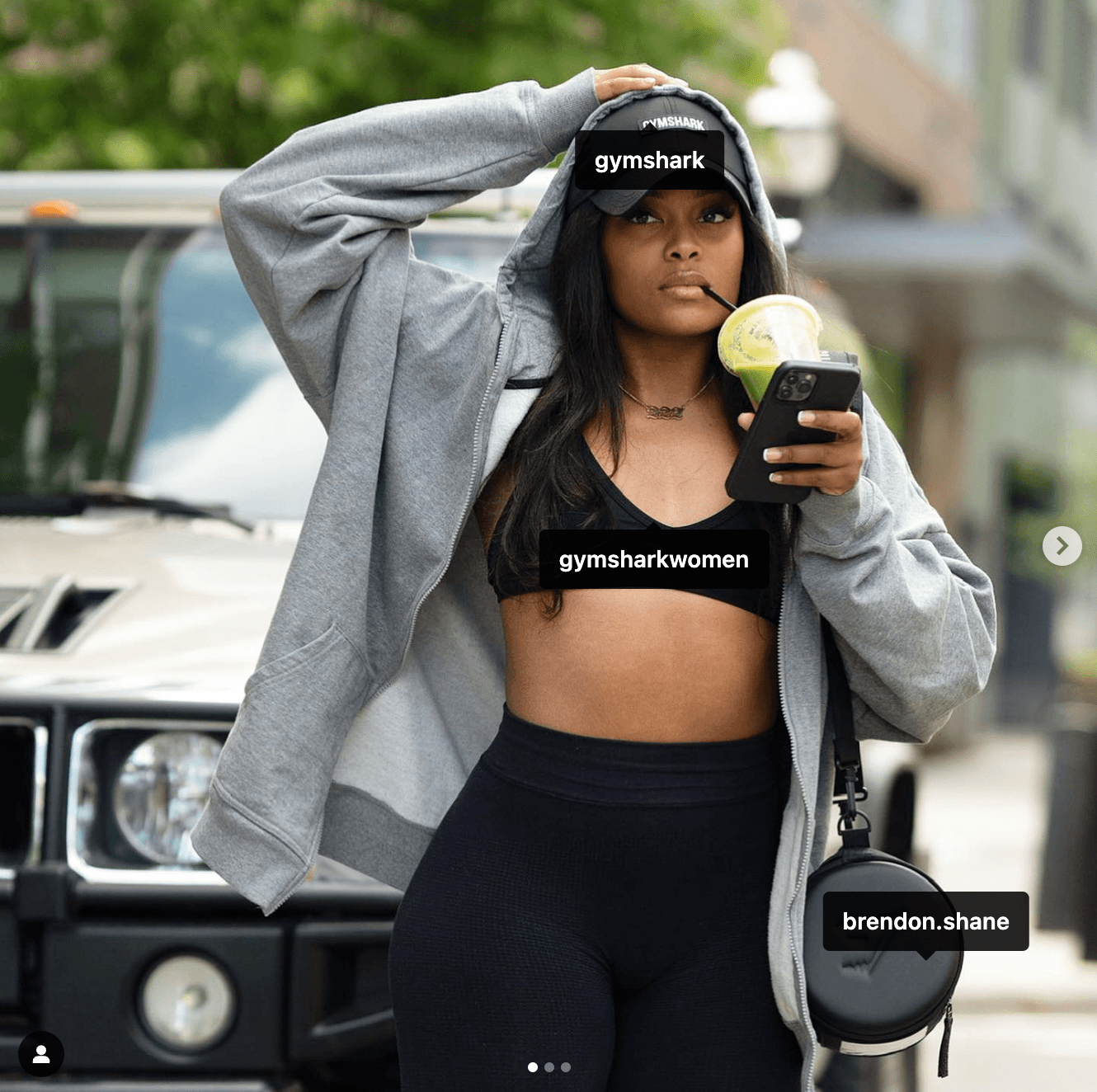Influencer Ad Disclosure: A Marketer’s Guide (FTC Guidelines)
Ad disclosure has become a hot topic among brands, influencers, & consumers.
With the constant growth of social media marketing, now more than ever, there is a huge need for transparency & honesty.
Before, publishers were allowed to brandish paid-for content as organic products, now it leaves a sour taste in people’s mouths. The public deserves to know what they’re looking at & when they’re being sold to.
So it’s the responsibility of brands & marketers to ensure that the creators they work with follow the rules.
Here you’ll find the complete guide to ensuring your sponsored content is appropriately labeled & disclosed.
FTC guidelines for influencers
Not too long ago, trade organizations around the world got together to tighten the rules on how we should present sponsored social media content. In this article, we focus on the FTC guidelines, but similar government bodies are looking after consumer interests & upholding fair business practices in other parts of the world – like the CMA in the UK, for example.
And the gist? Publishers must “disclose when [they] have any financial, employment, personal, or family relationship with a brand. Financial relationships aren’t limited to money. Disclose the relationship if you got anything of value to mention a product.”
Basically, be clear about the nature of the brand/publisher relationship & ensure all sponsored content is properly disclosed & labeled. Specifically when:
Why disclose sponsored content
(& what happens if you don’t -dun-dun-dun!)
It’s crucial for brands working with social media creators to comply with the rules so that theFTC doesn’t fine you for undisclosed ads.
Besides it being a legal requirement, publishers should always reveal their relationships with brands to keep 0 ambiguity about whether the content is an ad & avoid unfair or deceptive business practices.
Doing otherwise can lead to you & your publishers losing the public’s trust, which often, there’s no coming back from – we’ve all seen brands going up in flames after getting negative traction from said ‘shady business’.
There’s more…
Publishers can’t lie about the products – this should be obvious, but you’d be surprised. If the creator hasn’t tried, tested, or even liked the product, they can’t say they used it & loved it. Simple.
Lastly, & very importantly, your publishers cannot claim something about your product that isn’t true!
Like this health brand, you can be permanently barred for making false & unsupported health claims.
How influencers can disclose endorsements & sponsored content
All sponsored content must be properly & clearly labeled. This varies from platform to platform, but all tags & mentions must be easy to find by consumers, & “burying a label in a list of hashtags…or placing it ‘under the fold’ where consumers would need to click ‘see more’…won’t be sufficient”.
So here’s how publishers can disclose their content.
Luckily, social media platforms want you to follow the rules. So a few of them have their own transparency tools to make things easier.
Instagram has the “Paid Partnership with” tag, which appears at the top of every sponsored post. The tag clearly communicates when a commercial relationship exists between the publisher & your business & is now a requirement when posting paid content on Instagram.

Facebook, too, helps influencers disclose sponsored content & has launched a Branded Content Tool for Pages &new policiesregarding influencer marketing.
TikTok recently launched the Branded Content Toggle, which helps publishers communicate clearly when a commercial relationship exists between them & a brand.

Other platforms, such as YouTube & most blog sites, often have a setting option to include a written disclosure, saying that brands are sponsoring the products within the post or at the top of the page.

All sponsored posts should include hashtags like #paid #sponsorship or #ad at the beginning of the post or at least in front of other hashtags. It’s against the FTC guidelines to bury ad tags or hide them at the end, where people are likely to miss them.
On platforms such as Twitter, you can ask publishers to include hashtags like #paid or #ad followed by your brand name – #Nike #Sephora, etc.
The FTC doesn’t take kindly to vague or abbreviated tags – so no #collab, #sp, #spon, or #partner.
The key is that your publishers are transparent, honest, & up-front.
The best way to let people know the post is sponsored is to just say it. Your publishers can write it clearly in the caption or use hashtags. & In video content, they can mention it right at the beginning by saying things like:
“… this video is being sponsored by…”
“The products were given to me…”
Make sure the creators avoid being unclear about your relationship. Saying things like “I really like this brand…” or “I stumbled upon this product…” just isn’t good enough & could get you both in trouble.
We’re all on social media. We can clearly use our own judgments to know what is a paid ad & what isn’t. Think about ways your publishers can show people the content is sponsored in a way that will be too hard to miss – Put it first thing in the caption. Talk about it throughout the video. Edit a brand logo into a photo.
The idea is not to get creative but to be as obvious as possible – which we know for marketers might be a new concept to adopt.
Here’s how it’s done: ad disclosure examples
Here’s 4 real-world examples of influencers disclosing partnerships correctly.
Here’s a great example. Courtney Caldwell, a fitness influencer from NY, posted this photo promoting Gymshark. As well as having “@gymshark athlete” in her Instagram bio, she also tags each sponsored post, mentions the brand in her caption, & tags the brand within the post itself – C’est Magnifique!
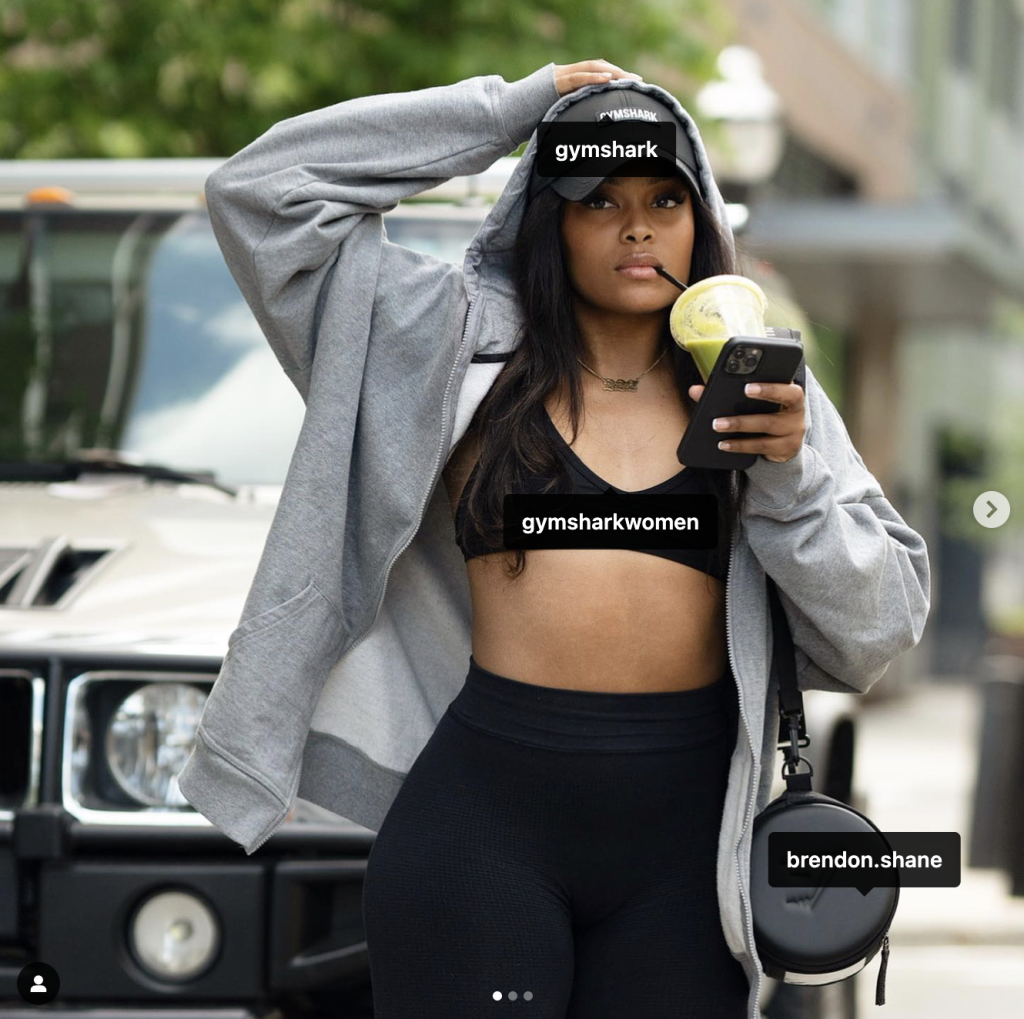
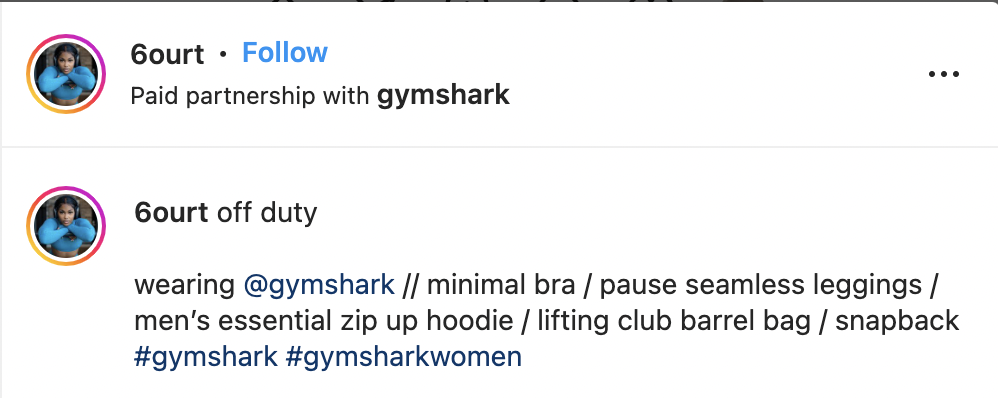
This tweet from footballer Javi Martínez has all the right hashtags, clear product in the image, & brand name! – &that’s why we like Javi.
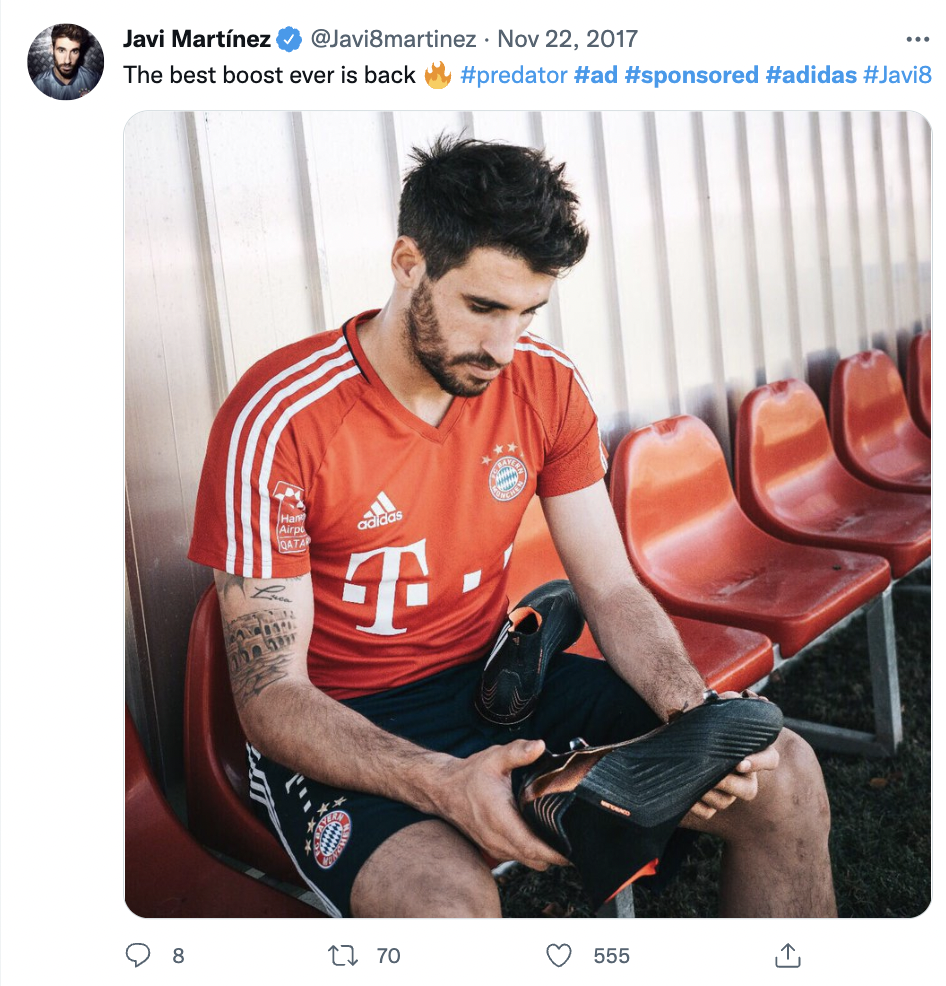
Amanda Diaz, the lifestyle blogger with over 3.7 million followers on TikTok, promotes Murad Skincare with a clear @MuradSkincare & #ad – simplicity is often the best approach.
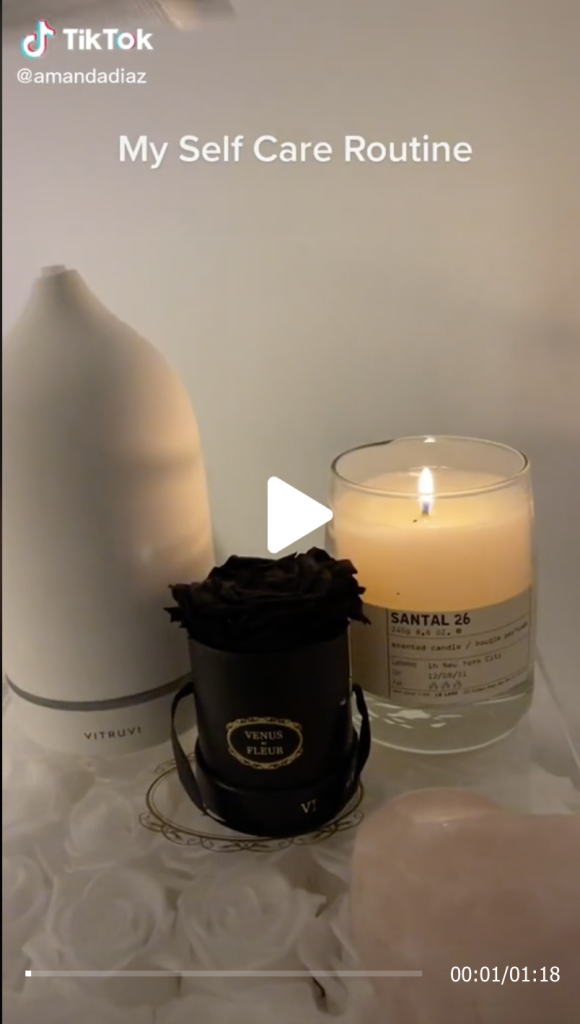
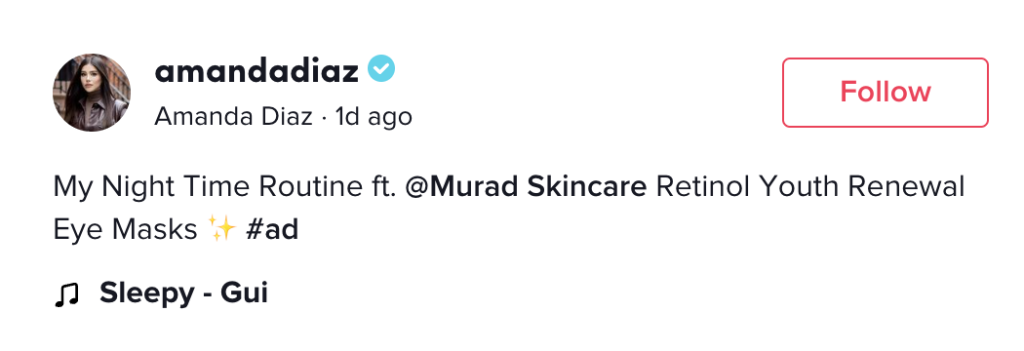
Another great example is Sagonia Lazarof’s makeup haul video on her Youtube channel. She immediately mentions the sponsorship within the first minute of her video, & it’s the first thing she writes in her caption – this is exactly what we mean when we say ‘hard to miss’.
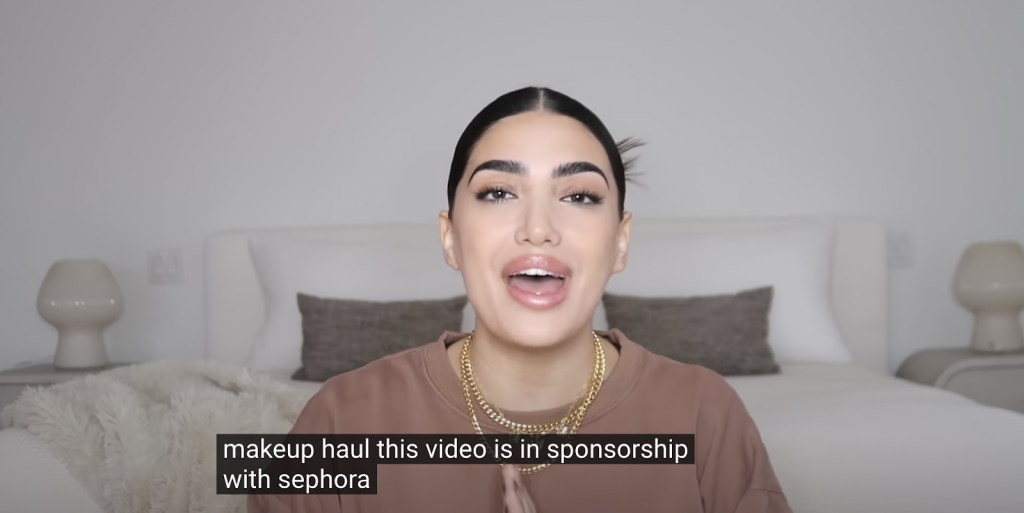

Conclusion
Yes, influencer marketing has become huge, it’s here to stay, & it should – it’s fantastic!It really is a great tool to promote your product, reach new customers & scream to the world about your unique brand.
Please remember: you must respect the public. Consumers are onto everything, & they will sniff out sneaky tactics, lies, & manipulations –trust us, we’ve seen it.
So stick to the rules, be transparent & honest. Ensure full disclosure of sponsored content through disclosure tools, hashtags, captions, & mentions – you don’t want to end up like these 700+ companies who’ve recently been served!
